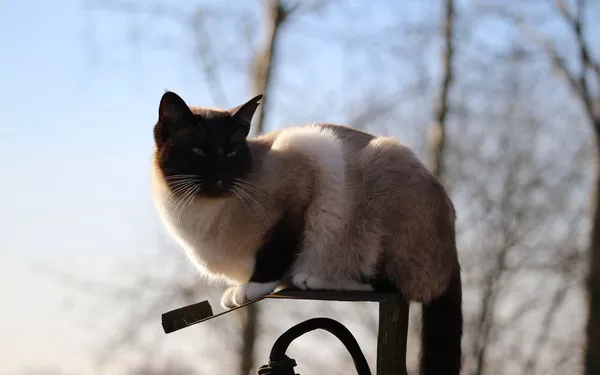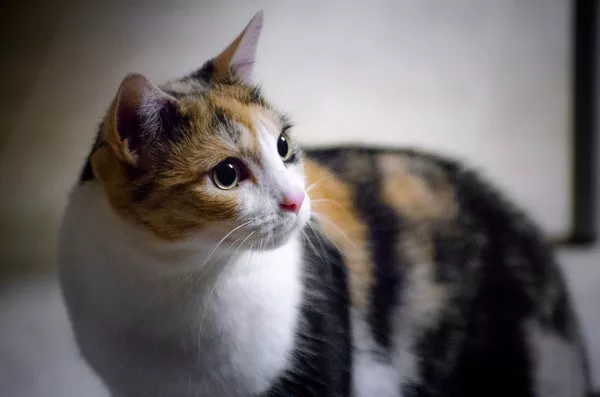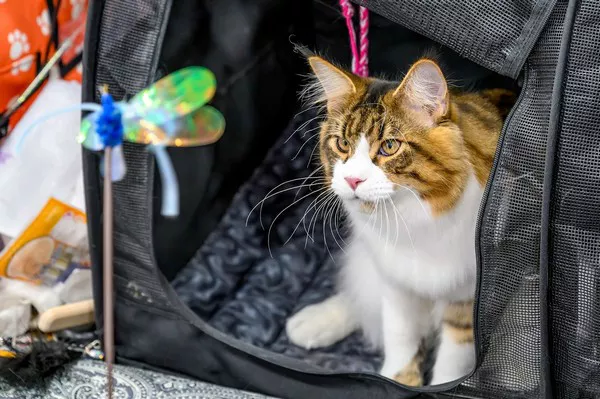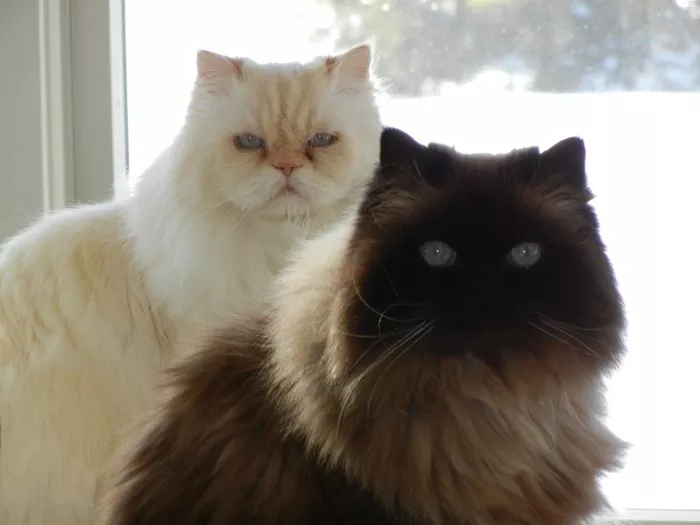Siamese cats have captured the hearts of cat enthusiasts worldwide with their striking appearance, captivating blue eyes, and vocal personalities. Among the distinctive features of this beloved breed is the kink often seen in their tails. This peculiar trait has sparked curiosity and speculation among cat lovers, prompting questions about its origin and significance. In this comprehensive guide, we will delve into the reasons behind the Siamese cat’s kinked tail phenomenon and provide valuable grooming tips to ensure their well-being and happiness.
Understanding the Kink: Siamese Cat’s Tail Anatomy
Unique Tail Structure
One of the most recognizable characteristics of Siamese cats is the kink or bend in their tails. This distinctive feature sets them apart from other feline breeds and adds to their allure and charm. The kink typically occurs towards the end of the tail, giving it a distinctive appearance that is often described as a “question mark” or “hook.”
Genetic Anomaly or Selective Breeding?
The origin of the kink in Siamese cats’ tails has been a subject of debate among feline enthusiasts and experts. While some speculate that it is the result of a genetic anomaly or mutation, others believe it may be a result of selective breeding practices aimed at preserving certain physical traits within the breed. Regardless of its origin, the kinked tail has become a defining characteristic of Siamese cats and is widely accepted as a natural variation within the breed.
Theories Behind the Kink: Potential Explanations
Genetic Mutation
One theory suggests that the kink in Siamese cats’ tails may be the result of a genetic mutation that occurred naturally within the breed’s gene pool. Genetic mutations can give rise to a wide range of physical traits and characteristics, including variations in tail structure. While genetic mutations are relatively rare, they can become fixed within a population over time through selective breeding practices.
Selective Breeding
Another possibility is that the kink in Siamese cats’ tails is the result of selective breeding practices aimed at preserving certain physical traits within the breed. Breeders may have intentionally bred cats with kinked tails to accentuate this distinctive feature and enhance the breed’s overall appearance. Over generations of selective breeding, the kinked tail trait may have become more prevalent within the Siamese cat population.
Environmental Factors
Some experts speculate that environmental factors may also play a role in the development of kinked tails in Siamese cats. Factors such as nutritional deficiencies, injuries, or prenatal stressors during development could potentially influence tail morphology in kittens. However, more research is needed to fully understand the relationship between environmental factors and tail structure in Siamese cats.
Grooming Tips for Siamese Cats
Coat Care
Siamese cats are known for their short, sleek coats that require minimal grooming compared to long-haired breeds. However, regular brushing can help remove loose hair and reduce shedding, keeping their coat healthy and shiny. Use a soft-bristled brush or grooming mitt to gently groom your Siamese cat’s coat once or twice a week, paying special attention to areas prone to matting, such as behind the ears and under the arms.
Dental Hygiene
Maintaining good dental hygiene is essential for your Siamese cat’s overall health and well-being. Dental problems, such as tartar buildup and gum disease, can lead to pain, discomfort, and other health issues if left untreated. To promote dental health, provide your Siamese cat with dental treats or toys designed to help remove plaque and tartar, and schedule regular veterinary check-ups to monitor their oral health.
Nail Trimming
Regular nail trimming is important for preventing overgrowth, ingrown nails, and other paw-related issues in Siamese cats. Use a pair of cat-specific nail clippers to trim your cat’s nails every two to four weeks, taking care to avoid cutting into the quick, which can cause pain and bleeding. If you’re unsure how to trim your cat’s nails safely, consult your veterinarian or a professional groomer for guidance.
Ear Cleaning
Keeping your Siamese cat’s ears clean is essential for preventing ear infections and other ear-related issues. Use a soft, damp cloth or cotton ball to gently wipe away dirt and debris from the outer ear canal, taking care not to insert anything into the ear canal itself. If you notice signs of redness, swelling, or discharge in your cat’s ears, consult your veterinarian for further evaluation and treatment.
Conclusion
In conclusion, the kink in the Siamese cat’s tail remains a fascinating and enigmatic aspect of this beloved breed. While its exact origin and significance may be shrouded in mystery, the kinked tail adds to the Siamese cat’s distinctive allure and charm. Whether it’s the result of a genetic anomaly, selective breeding practices, or environmental factors, the kink serves as a testament to the breed’s rich history and unique characteristics.
By understanding the potential explanations behind the Siamese cat’s kinked tail and implementing proper grooming practices, you can ensure your feline companion remains healthy, happy, and well-cared for. With their sleek coats, striking blue eyes, and vocal personalities, Siamese cats continue to captivate cat lovers around the world, leaving an indelible mark on the hearts of those fortunate enough to share their lives with these extraordinary felines.



























